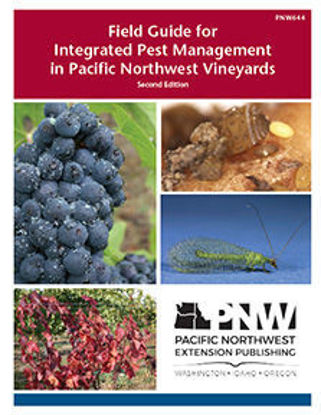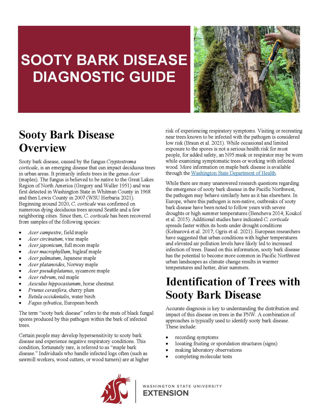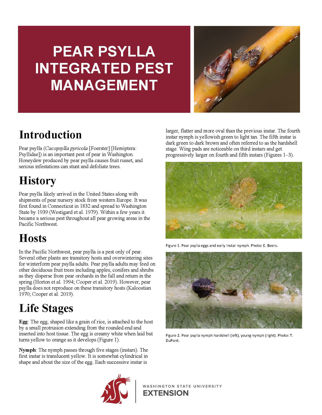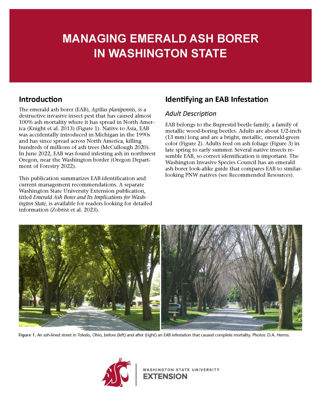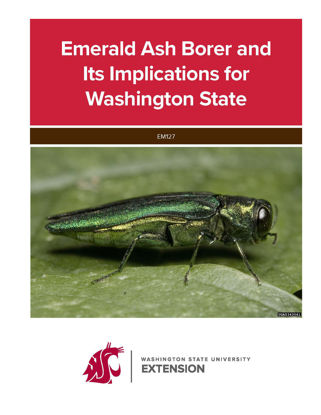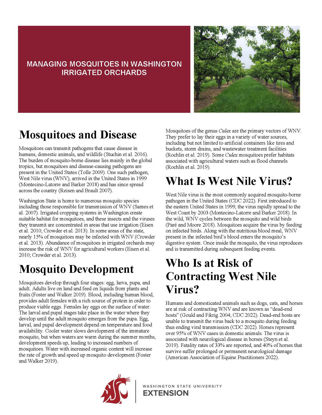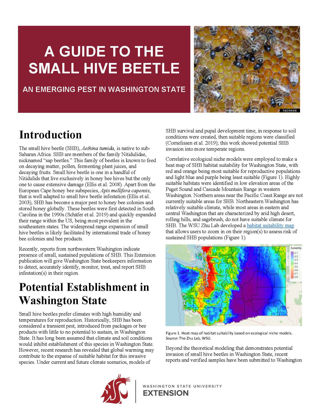You have no items in your shopping cart.
Pests, Plant Diseases, and Weeds
Pests and Plant Diseases
Field Guide for Integrated Pest Management in Pacific Northwest Vineyards
In this Second Edition, we update pest management practices for established pests and provide new information on emerging pests and diseases. To produce high-quality wine and juice grapes, effective pest management is essential. The heart of the guide describes individual pests (insects/mites, diseases, nematodes, and weeds) and disorders, along with recommendations for their management.
$33.00
Sooty Bark Disease Diagnostic Guide
This pub will walk you through how to correctly identify the diagnostic symptoms of sooty bark disease, a troubling, emerging pathogen spreading across Washington.
$0.00
Pear Psylla Integrated Pest Management
Pear psylla causes fruit russet and in large numbers can stunt and defoliate pear trees. Learn best monitoring practices as well as strategies to deploy when they are detected.
$0.00
Managing Emerald Ash Borer in Washington State
The emerald ash borer is an invasive, wood-boring beetle that causes nearly 100% mortality in infested ash trees: learn how to identify this pest and the latest management recommendations.
$0.00
Emerald Ash Borer and Its Implications for Washington State
This publication is intended for Extension professionals, master gardeners, public agency personnel, tree care professionals, and those who are interested in an in-depth review of the current state of knowledge about EAB and the implications for potential damage and mitigation strategies in Washington State.
$0.00
Managing Mosquitoes in Washington Irrigated Orchards
Currently, West Nile virus infects nearly 15% of mosquitoes in parts of Washington State, so effective mosquito control is increasingly important in irrigated orchards for keeping workers and animals safe. This publication breaks down multiple ways you can begin to get a handle on pesky mosquito populations.
$0.00
Italian Ryegrass Management in Inland Pacific Northwest Dryland Cropping Systems
Widespread herbicide resistance in Italian ryegrass makes integrated weed management strategies difficult for this problematic weed. Learn about the multiple control methods that can be combined in various ways for wheat-based cropping systems for better long-term control.
$0.00
A Guide to the Small Hive Beetle: An Emerging Pest in Washington State
Historically considered a minor honey bee pest in Washington, current and future climate models indicate regions here of increasingly suitable habitat for small hive beetle. This pub provides information for Washington beekeepers to detect, accurately identify, monitor, treat, and report sightings.
$0.00

